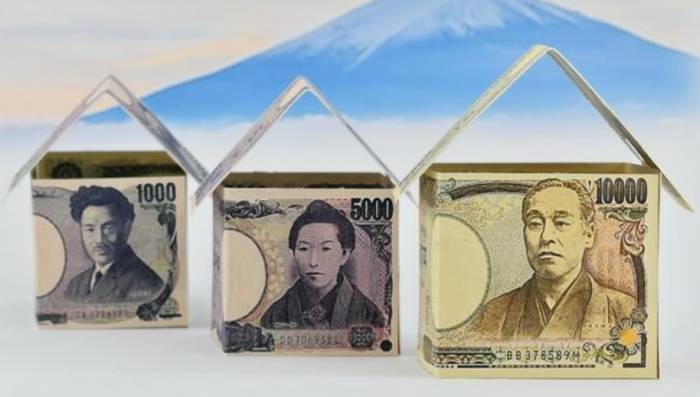Why Does the Yen Surge and Plunge?
Today's market focus is undoubtedly the dramatic ups and downs of the "yen exchange rate."
In the early Asian session, the yen exchange rate plummeted all the way to 1:160, and just 2.5 hours later, the yen sharply appreciated, touching a high of 1:155.
This is not the Zimbabwean currency, nor is it the Turkish lira, but the world's third-largest currency, the yen.
Such fluctuations are extremely abnormal, especially after the yen's surge, Japan's top currency official Masato Kanda refused to answer whether the Bank of Japan intervened in the foreign exchange market after the yen rose sharply against the US dollar.
His response was "nothing to report."
I have collected analyses and views from some professional institutions, and those that have clearly pointed out the Bank of Japan's intervention in the exchange rate include Dow Jones, Bloomberg, The Wall Street Journal, and the Financial Times.
An article in The Wall Street Journal stated that several investors and analysts indicated that the intervention involved the purchase of 20 billion to 35 billion yen.
"The Bank of Japan's intervention" is currently the accepted narrative.
Advertisement
Now, for my opinion, I believe the significant fluctuations (depreciation-appreciation) in the yen exchange rate are the result of the Bank of Japan's intervention and market resonance.
The evidence is that when the yen just started to rise, the chart showed a vertical line of 2 yen units of change, which, according to convention, is the first signal representing the Bank of Japan's buying or selling of currency.
However, it quickly expanded to 4 yen units, which means that market resonance began, and this multiplication of fluctuations represents the activation of trading algorithms.
For example, many traders believe that "barrier options were triggered" and "arbitrage trades unwound leverage" in a concentrated outbreak.
Let me explain the concepts: when "barrier options are triggered," it means that the market price of the underlying asset has reached the barrier level set in the option contract.
Once triggered, the terms of the option will change depending on whether it is a knock-out or knock-in barrier option: the triggering of barrier options can cause market fluctuations, especially if multiple option contracts are triggered at the same time, which could significantly affect market prices.
Arbitrage traders are most "averse" to the appreciation of the yen exchange rate, as it increases the cost of borrowed funds, making arbitrage trades unprofitable.
Therefore, after the yen exchange rate appreciates, the standard action for arbitrage traders to unwind leverage is to "sell dollars - buy yen - repay yen debt in yen."
The evidence is that when the yen began to appreciate, Japanese banks sold a large amount of dollars for clients when the yen started to rise rapidly.
According to the CME (Chicago Mercantile Exchange), today is the busiest trading day for the dollar against the yen.
As of 3 pm London time, the nominal value of the currency (which can be understood as the total volume of transactions) is about 980 billion US dollars, with more than 68 billion US dollars traded through its spot EBS platform and 30 billion US dollars in foreign exchange futures trading.
Has the yen exchange rate returning to around 1:155 meant that everyone is happy and the yen has safely landed?
We need to pay attention to the fact that once "market resonance" starts, especially when investors' panic emotions are ignited, whether it is the triggering of barrier options or the unwinding of leverage in arbitrage trades, the first to be affected will be the "US dollar (index)" and US dollar assets, including US Treasury bonds.

After all, a weak US economy and a significant decline in US Treasury yields are the greatest help in solving the continuous depreciation of the yen.
Although the US Treasury yield has not fluctuated much at present, what about the future?
What happened today is like Pandora's box being opened, and what is released from the box and what consequences these will bring, no one can predict.